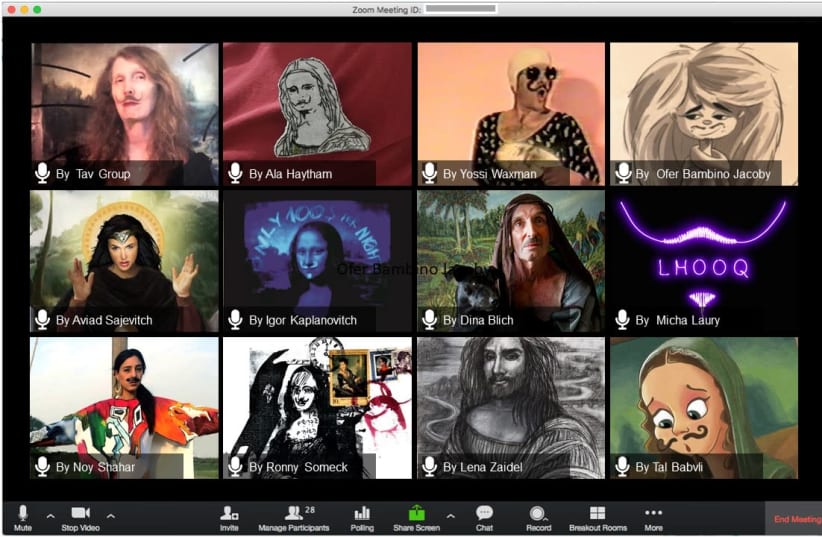Over the past couple of months or so, we have become accustomed to experiencing and, hopefully, enjoying all sorts of things from afar. With museums, along with all other public institutions, off limits now, the only way we can get to see the treasured works of art and historic artifacts is via our computer screens.
On Tuesday, International Museum Day, which this year coincides with Lag Ba’omer, the digital offerings ante will climb several notches, as dozens of museums around the country open their virtual doors and allow the public gratis visual access to many of the items that have been patiently awaiting our viewing pleasure all these weeks.
The list of institutions on board for the web-based visits takes in most of the leading repositories of art and historical works, along with some museums you may not have gotten to in a while or, in fact, ever. And there is plenty of variety to be had. The Tel Aviv Museum of Art is in the mix, as are Madatech – the Israel National Museum of Science, Technology and Space in Haifa, the Herzliya Museum of Contemporary Art and the Haifa Museum conglomerate, as well as some that may, for most, be a little off the beaten track, such as the Ben-Gurion Desert Home down at Sde Boker, the Janco Dada Museum at Ein Hod and the Kfar Saba Museum.
The online agenda takes in guided tours, workshops, lectures and hands-on slots for culture consumers of all ages. As Nava Kessler puts it, the point of the exercise is to get as much out there to as many people as possible, lockdown constraints notwithstanding.
“We are uploading online content – guided tours, lectures and all sorts of workshops,” she says, adding that, in fact, the remote program will actually give us a more in-depth handle on works of art than we could manage by being in front of the exhibit in person. “There will, for example, be a workshop on a particular topic and, inspired by the exhibition in question, the workshop participants create their own work of art.” It is a process of deconstruction and recreation. “They will see a painting, or a sculpture, and get to understand it really well by addressing it in a practical manner. That is something children really enjoy.”
Kessler should know. She serves as chairwoman of the Association of Museums and ICOM (International Council of Museums) Israel, and was previously director of the Rishon Lezion Museum.
“Online access allows you to get up really close to works of art, and also to go to places which you would not normally see,” she continues. “Each museum has its own content, but you may also be able to see the inside of storerooms. That has also come up as an idea. You may also be able to meet artwork restorers, and that sort of thing. There are a lot of advantages to using technological platforms.”
KESSLER IS also hopeful that Tuesday’s event will help to keep museums within our cultural radar scope, so that when we finally get back to normalcy, we will flood back to institutions up and down the country. And it wouldn’t be a moment too soon.
“Museums are in a really difficult situation right now,” she stresses. “Museums are constantly in touch with the Ministry of Culture. In fact, museums will reopen soon, but under the constraints set by the ministry. The ministry guidelines will set the distance people have to keep from each other inside. But we deal a lot with groups. In shopping malls, they decide that each person needs a radius of 15 meters. If the same is applied to the museums, that will be very difficult to implement.”
Even so, Kessler feels that the current restrictions on corporeal movement may serve to push museums further along the digital continuum. “Cellphones are already in use in all museums. You can use your phone to get more information about works of art, or to get a personal guided tour. The pandemic is boosting that approach, although all that requires a lot of financial investment. All the museums are very unsure about what is going to happen.”
There is, Kessler says, no substitute for seeing works of art with your own eyes, and sharing a cultural experience with other people. “Cultural capital is a very important element of social resilience. Museums have an important role to play in that.”
For now, at least, there are treasures and wonders to behold on Tuesday across the country. Hopefully, when all this is over, the museums will be able to get back on an even financial keel and we will all start streaming through the turnstiles once again.
For more information: www.icom.org.il and museum websites.
